The Article
SA3 integrated amplifier From IOTAVX
8th July 2019
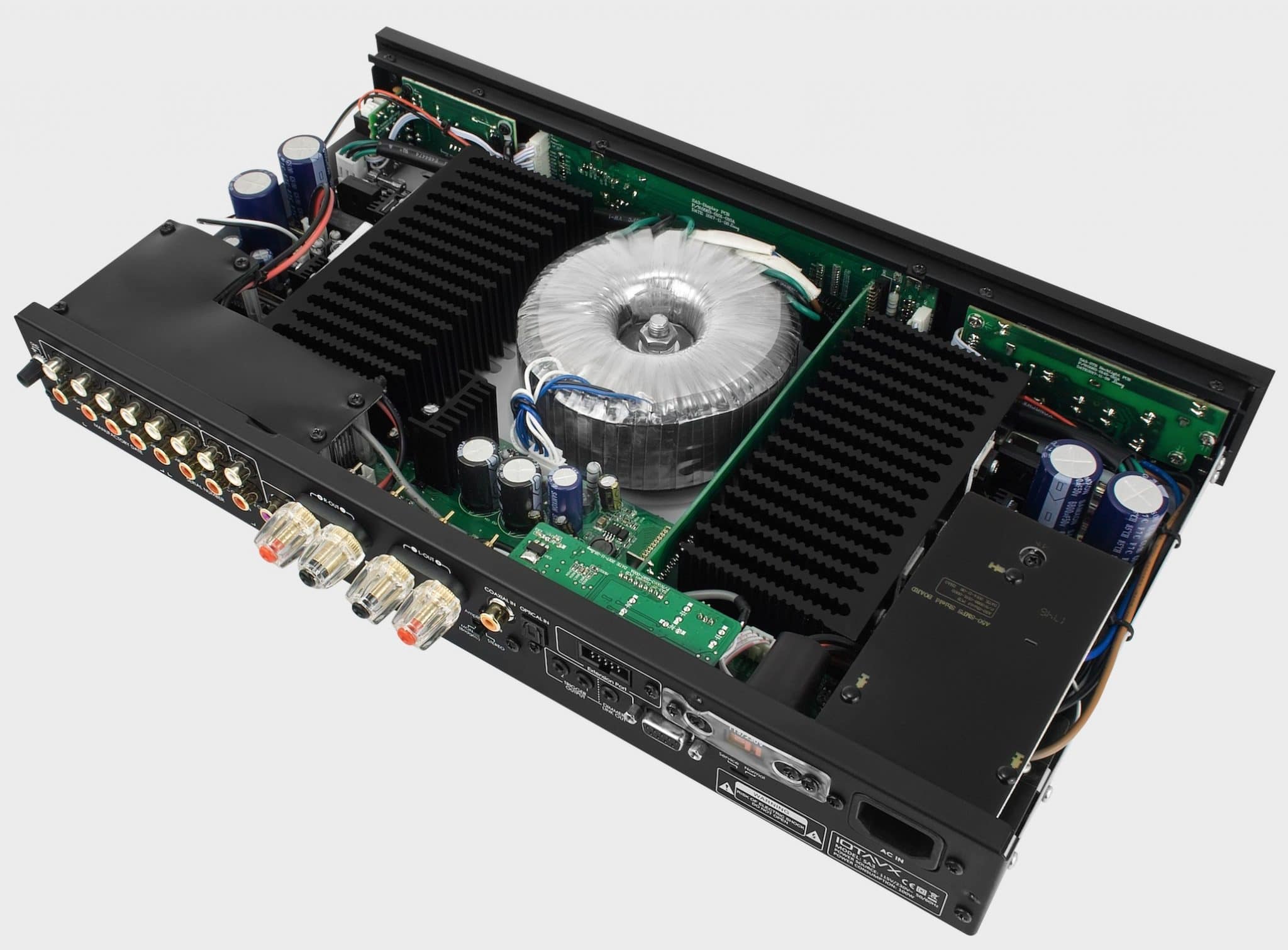
A 2-channel integrated design with an optional Bluetooth dongle, Paul Rigby reviews this diminutive amplifier
It’s good to see a budget amp priced under £500 on the market. We need more budget products like this, I wonder if the hi-fi industry too often aims higher in terms of price points to reap a profit-margin sweet spot. So thumbs up to IOTA for releasing the SA3.
This Class AB amplifier arrives in a steel chassis. It pumps out 45W into 8 Ohms but is smaller than your average integrated, spanning just 435 x 59 x 240mm yet still weighing in at a respectable 6.3kg.
The front is low key and rather minimal as most of the acreage appears to be taken up by the output window, offering information such as volume and source messages (this can be switched off, if required). You’ll find a large volume/selector knob on the right. Tone/balance controls can be accessed here although my review was conducted with these in the ‘off’ position. It sits alongside a 6.35mm headphone socket plus a flat, square power button on the far left.
The rear offers fivve sets of RCA sockets, a built-in MM phono amp, Record outs, Pre-amp outs and outputs for a subwoofer.
A built-in Wolfson DAC offers optical and coax inputs while trigger sockets allow you to control this box with other IOTAVX equipment via the included and very usable remote. A typical IEC power socket means that your cable can be upgraded if you wish. Something I would heartily recommend.
An Extension Port is fitted to take the optional Bluetooth dongle (on sale now from the company website for £25). In use, you need to press the Extension Port button to access Bluetooth, when operating the remote.
You can use the SA3 in mono mode (bridged for 100W into 8 Ohms) and you can hook it up to a power amplifier (such as the IOTAVX PA3).
SOUND QUALITY
I started with Mike Oldfield and his Platinum (Virgin) LP from 1979. I played Into the Wonderland, featuring vocals by Wendy Roberts. A sweet, beautifully melodic and slightly melancholic, low key ballad.
Playback from the SA3 was intriguing. In some ways, the amplifier sounded like the budget design it is – this was not a bad thing but an expected thing, as I say. That is, the front to back aspect of the sound, the depth and 3D qualities, the layering and the rich depth of detail that you hear on more expensive models was not there. The SA3 offered a surface area of sound, as if the sound had been laid onto a canvas and projected from that point. Again, a situation that I found familiar in this class of amplifier and so nothing to gripe about.
Within the upper midrange, there was a slight – only slight – emphasis. I don’t mean that the upper mids were at all bright, what I’m getting at is that the vocals, for example, were pushed right up close to the ear, as it where. In effect, the amplifier had a solid state personality. This removed a touch of subtlety, giving the music a slightly ‘in yer face’ feel but that also meant that bass had an added punch. Each strike was noted. Bass never entered into hiding via the SA3.
What did surprise me though was how the soundstage was constructed in terms of left and right. That is, the breadth of the soundstage and how the music was arranged. Arranged in a broad and wide-angled manner, the sound was infused with space and air across the midband. This meant that the synths, guitar, percussion and the rest had plenty of room to manoeuvre but also plenty of room in between each other. When you get this sort of soundstage and this sense of space then your ears are more likely to hear the edges of the sound while the personality of the instruments were clear and more believable.
So, what I’m referring to are things like: the beginning and stopping of notes, how much force was given when a guitar was strummed, how long the reverb tail travelled from a cymbal strike…information on that scale began to emerge.
Again, let’s not forget, this is a budget amplifier so the design won’t give you too many of those goodies but the SA3 offered a measure and that was a real bonus for a £400 amplifier. These subtle effects added to the maturity of the sound and gave the music a greater complexity.
I quickly listened to the built-in phono amplifier which was reasonable. Nothing special but useful for those on a low budget. It’s good enough to get to started but grab an external phono amplifier as soon as you can.
I then turned to Bluetooth, inserting the included dongle into the rear of the amplifier and connected that to my iPhone 8 via automatic pairing. That is, once selected, the SA3 looked for your device without any pairing button being pressed on the SA3. The SA3 then listed the device on its own output screen.
During play, I was surprised at the quality of the lossy file, especially as it was being streamed – neither being conducive to high quality sound output. Yes, the upper mids were dynamically short, treble was rolled off and bass was soggy but the music as a whole was perfectly listenable. What I expected to hear was a series of bright upper mids but that never occurred which was a relief. The SA3 subdued the lossy file’s basic instinct to harshness.
Part of the reason for the admirable output from the Bluetooth dongle was the SA3’s wide-screen nature. That broad soundstage pulled apart the stream and infused it with air, cushioning the lossy file and extracting as much from the data as possible in the process.
I ended by inserting my Astell&Kern AK120 DAP into the optical port on the rear and played Andrew Gold’s That’s How I Remember You from Spence Manor Suite, ripped at 16bit/44.1kHz.
The music used every measure of space across the broad soundstage to produce a detailed, airy presentation with delicate cymbal strikes, complex background vocal harmonies, relaxed yet organic drums and wonderfully delicate tambourine taps. The listening experience was nothing short of a joy.
Playing So Far Away from the Dire Straits’ album, Brothers in Arms at 24bit/88.2kHz showed how that master from this release was a touch compressed but the naturally wide soundstage from the SA3 helped to largely negate the problematic elements, especially around the percussion. The synth runs, backing vocals and lead guitar were infused with detail, delivered by that spacious soundstage.
That compression effect was largely negated when listening through the built-in headphone amplifier too. Largely because the latter added a touch of warmth to the presentation, enhancing bass and rolling off the upper mids a tad. The intimate nature of the headphones did allow the ear to pick up plenty of detail, though. A case of swings and roundabouts, you might say.
CONCLUSION
Based upon a relatively small footprint, the size of the SA3 will attract those looking for a low-key physical hi-fi presence. The generally impressive sound output will also appeal to everyone else. The useful feature count provides added value for money while the expansive sound speaks of sonic luxuries. There’s plenty to like from the SA3: easy to use, well designed and with a great sound output, this is an integrated amplifier that should be high on your demo list.
IOTAVX SA3 INTEGRATED AMPLIFIER
Price: £399
Tel: 01642 232188
Website: www.iotaenterprises.co.uk
GOOD: broad soundstage, spacious mids, value for money, external Bluetooth
BAD: slight ‘solid state’ emphasis
RATING: 8
[Don’t forget to check out my Facebook Group, The Audiophile Man: Hi-Fi & Music here: www.facebook.com/groups/theaudiophileman for exclusive postings, exclusive editorial and more!]
REFERENCE
Pro-Ject RPM3 Turntable
Tellurium Q & QED cabling
Blue Horizon Professional Rack System
Harmonic Resolution Systems Noise Reduction Components
All vinyl was cleaned using an Audio Desk’s Ultrasonic Pro Vinyl Cleaner



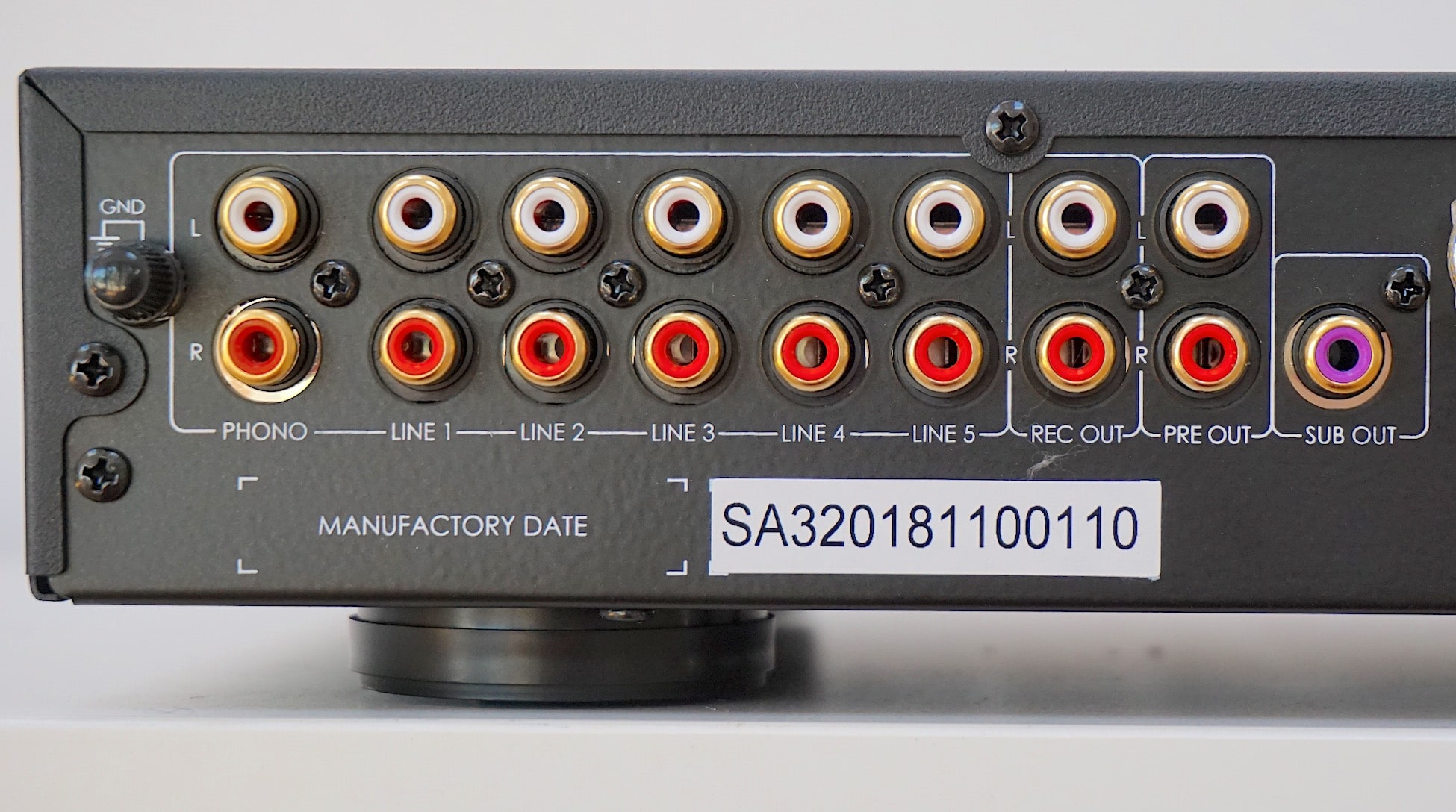
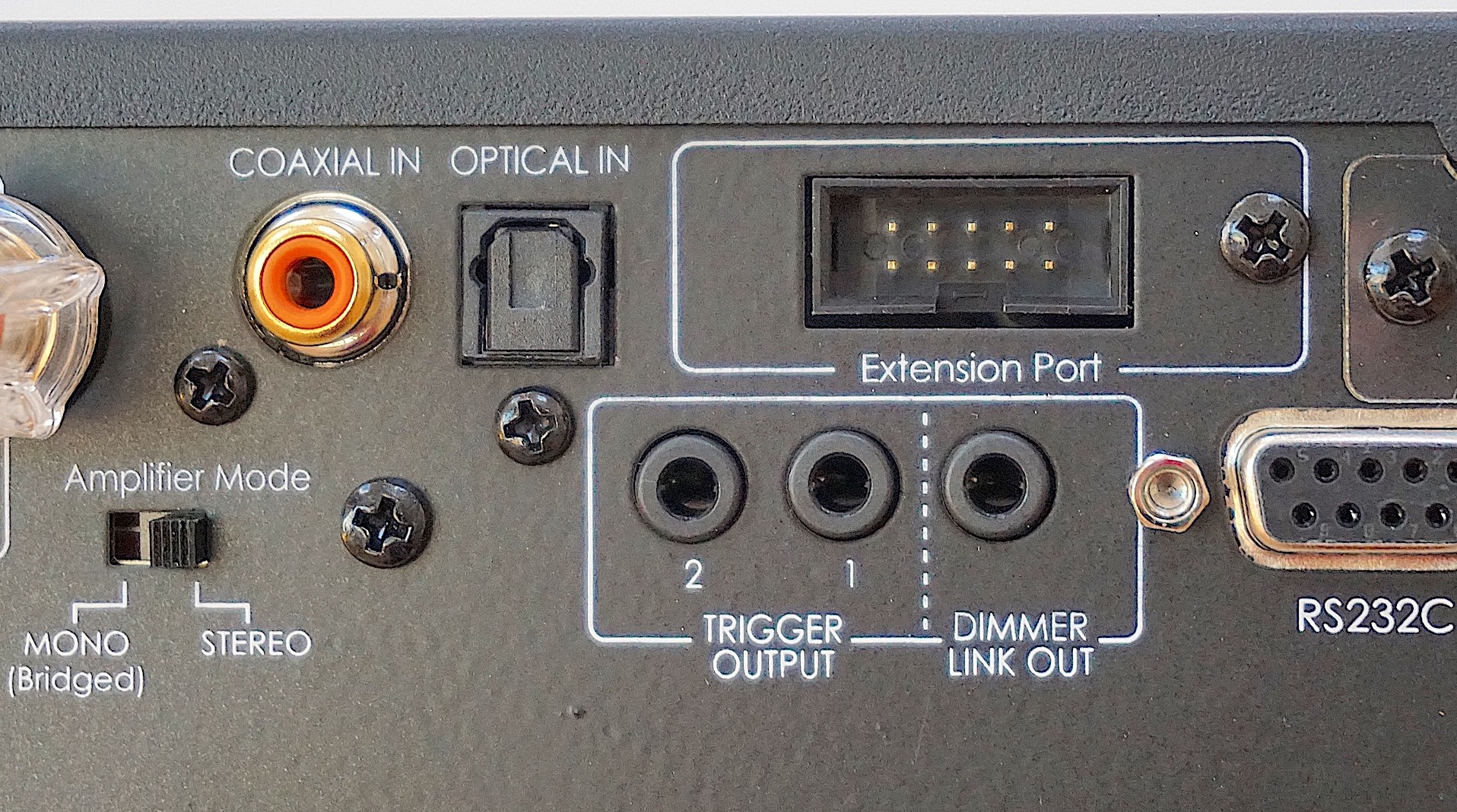
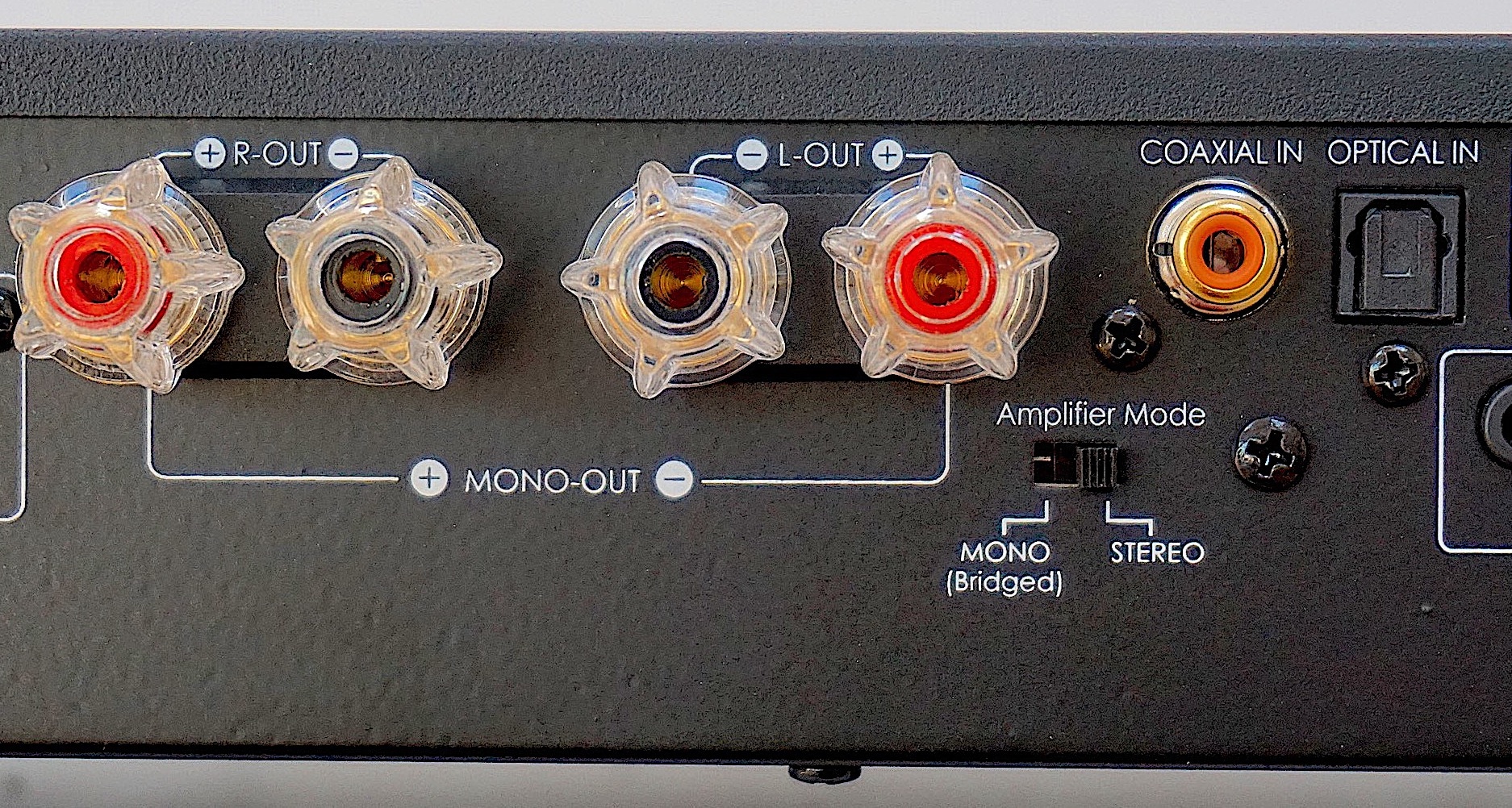
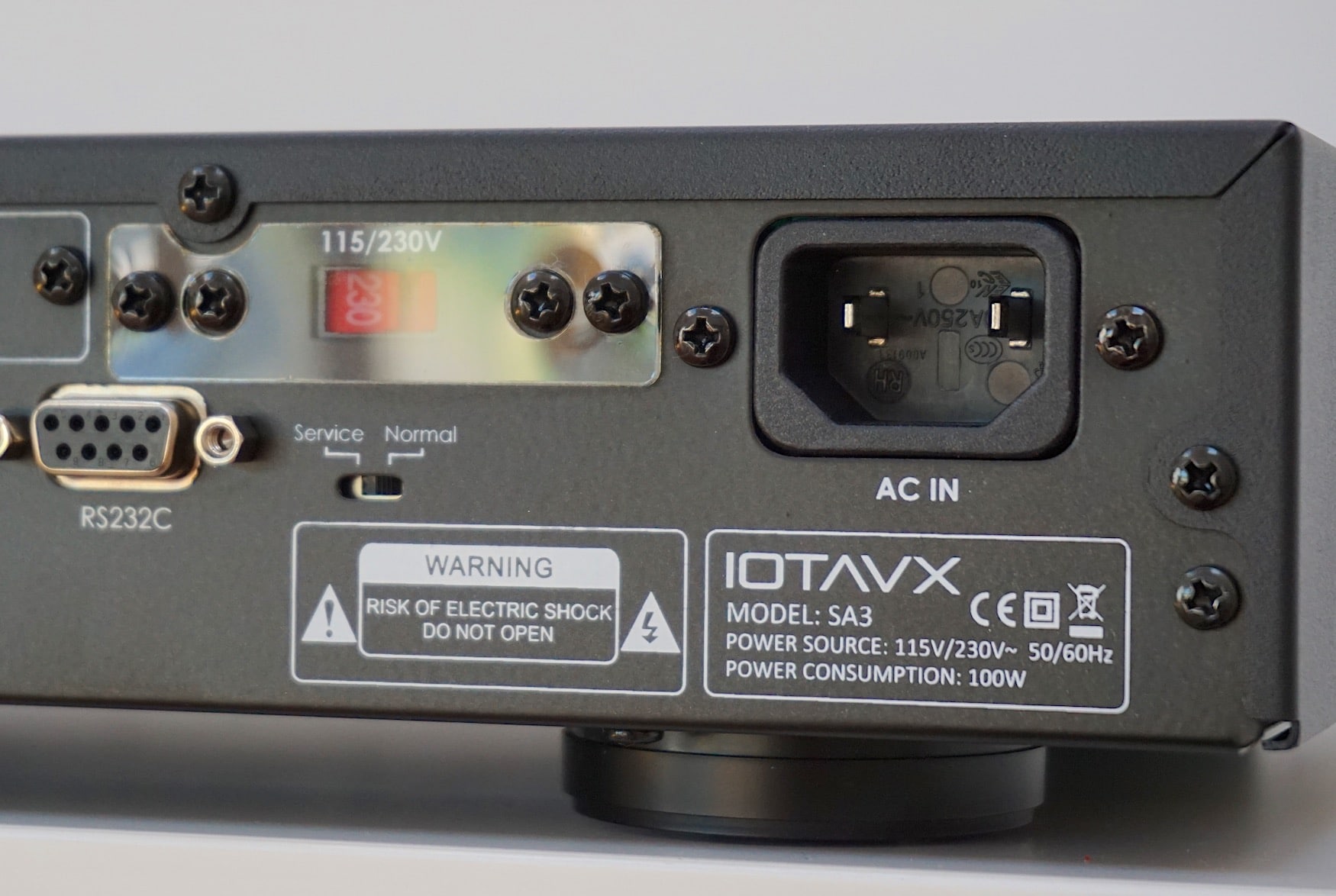
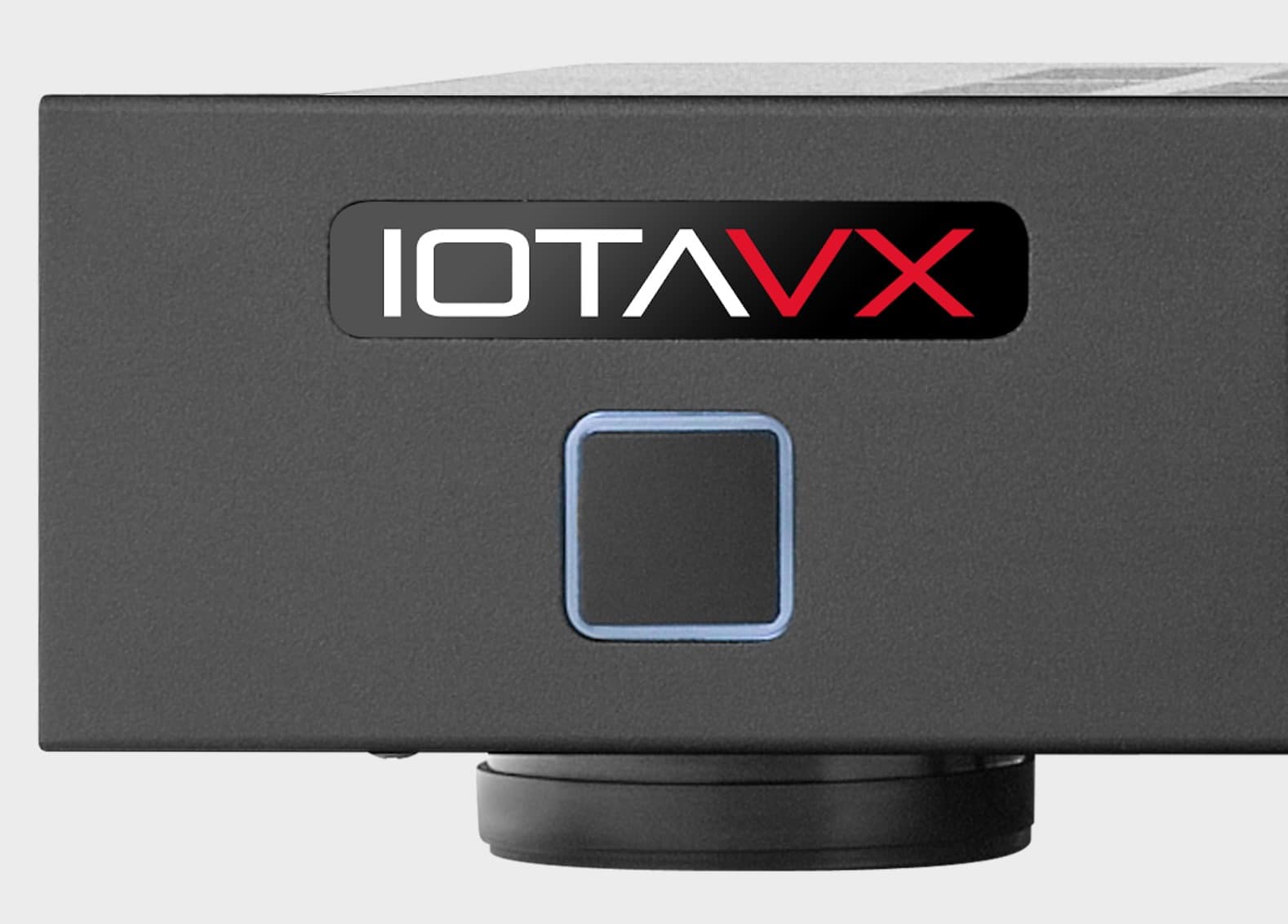
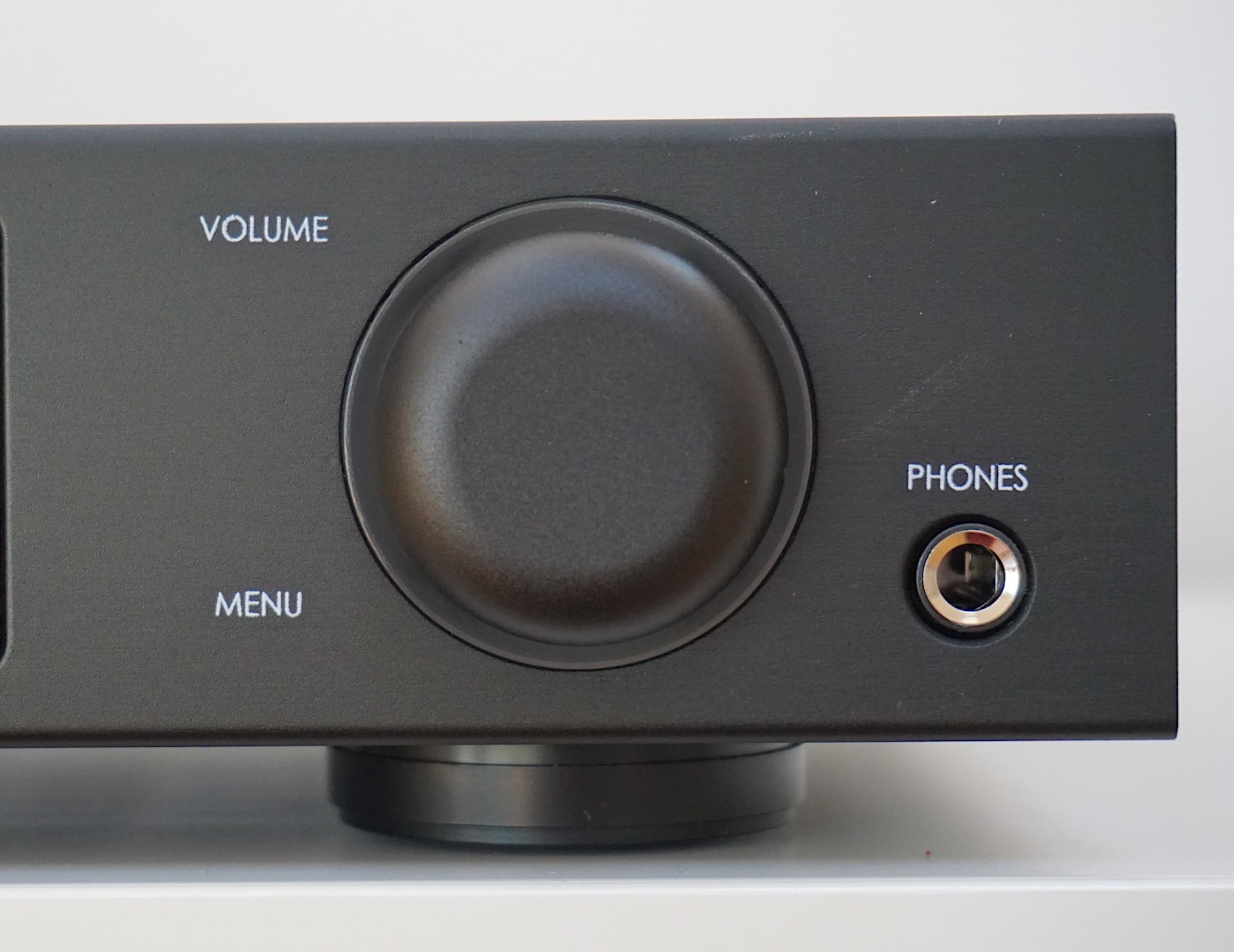




Thank you for your review. Do you know if adding the companion amplifier, will change the listening experience?
The IOTAVX PA3
Thanks for your question Juan – yes, adding a power amp will improve sound quality. Simple as that 🙂
thank you!
Glad I could be of help 🙂
I found the SA-3 to be a very decent integrated amp and then I added the PA-3, which brings power up to 100 w/ch. But more importantly, is how much better it sounds. Better bass, increased soundstage , etc. I have also compared a cd to streaming with the optional APTx dongle and really can’t notice much difference in sound quality. Very pleased overall with this setup and highly recommend it!
Thanks for your thoughts Jon, appreciate the post.
you mention in your review about the amp being budget but if it was sold ho much amps are via the dealership model than would it not be more like £1000 so in the naim nait price range.
although £1000 is budget for some audiophiles the price of £399 is only so low because
they sell direct. So the amp maybe budget in price but i am sure if sold direct alot of high end amps
could be sold for alot cheaper than they are.
Hi Jason – yes, you have a point. So, a bargain then 🙂
Yes but of cause all amps have their minus and plus so may not be for everyone. 🙂
Also dealers provide a great service.
Hello Paul.
I’m building a new hifi system with the following components
– Speakers : Triangle Borea BR03
– Amplifier : IOTAVX SA3
– Turntable : Rega Planar 1
– Phono : Rega Fono MK3
– DAC : Topping D30 (already owned – later to be upgrated).
I auditioned the Triangles with a Denon PMA 800 , did you have any experience with it?
I decided to go with IOTA after very favorable reviews, but never heard it in person.
Do you think it provides better sound qualities compared to the DENON?
P/S Definately you shoud check out the Triangles 😉
Thank for the speaker tip, Nakis and yes, I’d go for the SA3. You can also upgrade it later by adding a separate power amplifier to it as you can see here: https://theaudiophileman.com/pa3-power-amplifier-review-iota/
Hi Paul. Help…please…Im interested in the iotavx sa3 with the pa3 upgrade. I am interested in the audio lab 6000 too. I have recently upgraded my speakers to wharfedale eco 4.4. Loving them, and now beginning to experience imaging moe noticeably. Currently looking to upgrade marantz pm 6006 uk edition…looking for even higher resolution and imaging. Using wed xt40i cables on your review…made a big difference…I was so sceptical. Mixture of vinyl, cd and streaming. I like nice bass too…haven‚Äôt quite grown out of that…the audio lab doesn‚Äôt have tone controls. Help…please…
Hi Gary – before you go to sleep, play an MP3 on repeat from your phone, sitting on a small table next to your bed that says, “I don’t need tone controls.” Over and over while you snooze. 48 hours should do you.
If you have to use tone controls, then get another amp. Or look again at your hi-fi chain. Because something is wrong. Tone controls are a sticking plaster for a larger issue.
Both amps are excellent and both will work well, no matter which one you choose and both will be a good upgrade from the 6006. Look for a good deal and grab that.
I‚Äôll start my course of audio therapy tonight. I wonder whether it‚Äôs purely habit…familiarity maybe. I‚Äôm weaning myself off them by using the source direct button. On good pressings, particularly jazz it‚Äôs good…more open soundstage, and I‚Äôm learning to hear subtle detail, dare I say nuance…but sometimes on older pop pressings, particularly at modest listening volumes a bit of bass and treble gain makes it somehow more engaging. Maybe it‚Äôs the source. I‚Äôve weaned myself totally off the loudness button. Thanks for your advice…The missus will be thrilled!
Hehe – good luck, Gary.
Hi Paul, I have the IOTAVX stack. SA3 & PA3, pushing a pair of Buchardt Audio S400’s. I’m using the Bluetooth Dongle from IOTA. Do you think I about me dumping the blue tooth and going with the Blue Sound Node 2i for Streaming music ? I currently have Tidal. I’m 77 years old, and haven’t kept pace with audio technology much.
Therefore, I have to relay on opinions and sound advise. I know the IOTA SA3 has a built in DAC, but I guess it’s not as good as a stand along DAC??? The Node 2i , is about $550.00 USD and I’m just wondering there $550.00 worth the difference.
Anything you can tell me, would be appreciated. Thanks in advance…. I enjoy your reviews
A good idea, Bill. And yes, a stand alone DAC would be better too. Separating the products will lower the noise floor and allow more detail to reach your ear. Imagine talking to someone in a busy bar…and then talking to someone in the same bar when there’s no people there. Imagine how much easier it is to hear your friend and how much more nuanced elements of his speech you can hear too. The subtle changes in his voice. Something that’s lost when the bar is full and busy. This noise floor reduction varies and depends on the quality of the item itself, don’t forget. The design of the item matters, parts quality matters, etc. Generally though, you”l hear some sort of improvement.
If your using tidal then the blue node would also be better as it is lossless and not bluetooth.
I had the same amp as you and I find even a chromecast was a upgrade. I thought bluetooth was good until I heard lossless streaming. I think you will not regret and if you do you can easily sell the blue node.
My friend has one with a external dac and I think it sounds amazing.
The bar analogy makes so much sense. Love it! Keep up the good work Paul. Awaiting your review of the sa3 pa3 stack as and when you get chance…it‚Äôs an intriguing prospect at its price point.